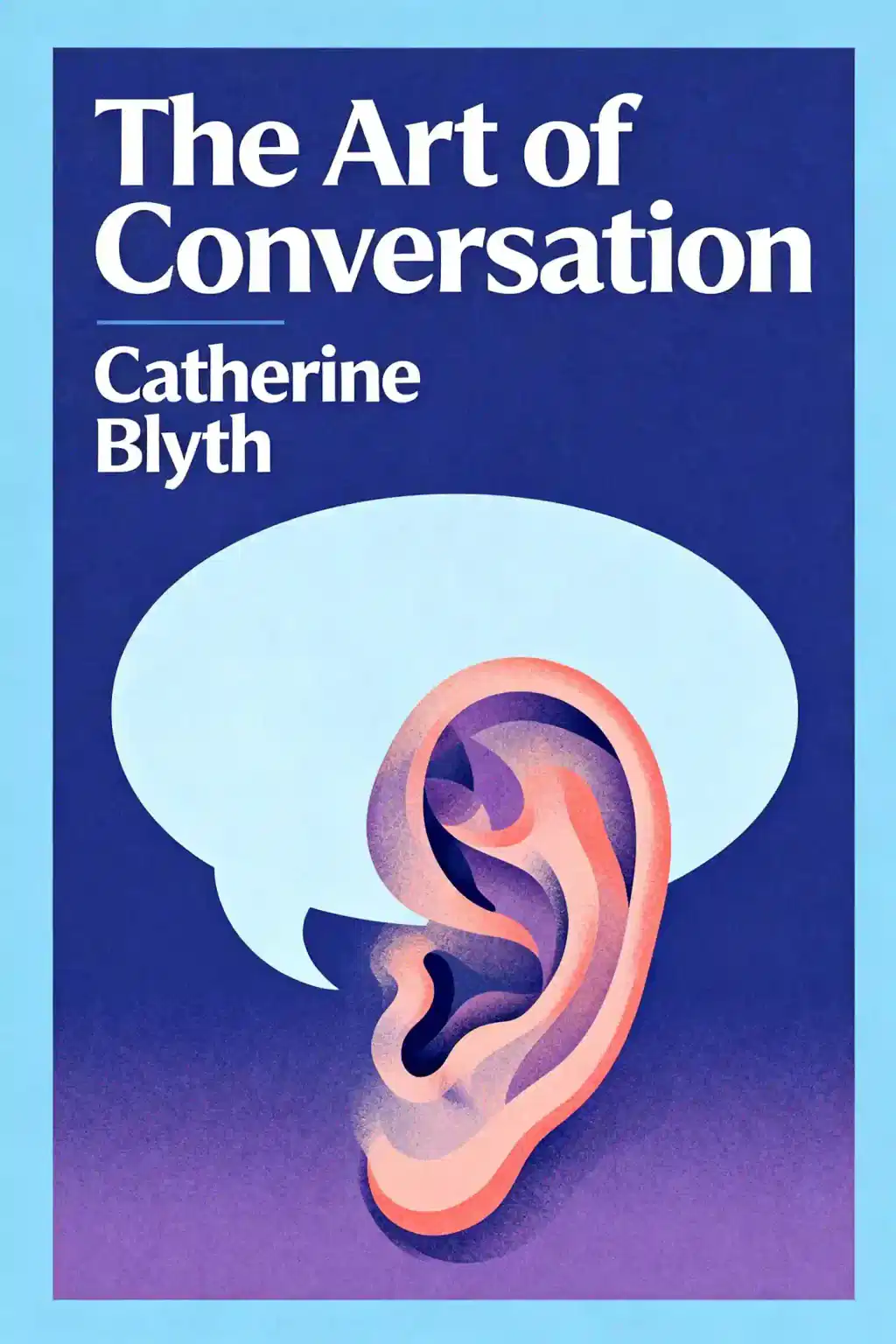What is
The Art of Asking by Amanda Palmer about?
The Art of Asking explores the transformative power of vulnerability and human connection through Amanda Palmer’s experiences as a musician, crowdfunding pioneer, and performance artist. It challenges societal stigmas around asking for help, framing it as a collaborative act that fosters trust and community. The book blends memoir, philosophy, and practical insights to advocate for embracing interdependence in art, relationships, and life.
Who should read
The Art of Asking?
Artists, creatives, and anyone struggling with self-reliance or fear of vulnerability will find value in Palmer’s insights. It’s also relevant for entrepreneurs exploring crowdfunding, individuals seeking deeper personal connections, and readers interested in redefining societal norms around giving and receiving.
What are the main themes in
The Art of Asking?
Key themes include:
- Vulnerability as strength: Asking requires courage and fosters authentic relationships.
- Reciprocity: Giving and receiving are interconnected acts that build community.
- Trust-building: Open communication and consistency deepen connections.
- The gift economy: Direct support between creators and audiences challenges transactional models.
How does Amanda Palmer differentiate between “asking” and “begging”?
Palmer argues that asking is a collaborative invitation rooted in mutual respect, while begging implies desperation or one-sided demand. She emphasizes that true asking allows the recipient to freely choose “yes” or “no,” creating space for meaningful exchange. Critics note this distinction risks oversimplifying systemic inequality.
What role does crowdfunding play in
The Art of Asking?
Palmer’s $1.2 million Kickstarter campaign (2012) serves as a case study for her philosophy. She frames crowdfunding as a modern extension of street performance—a way to directly engage audiences, share creative risks, and build financial trust without intermediaries.
How does
The Art of Asking address criticism or negativity?
Palmer acknowledges internet backlash she faced but often frames critics as “haters,” a binary perspective some readers find limiting. The book encourages embracing rejection as part of the asking process but offers fewer tools for constructive criticism integration.
What practical advice does Palmer offer for overcoming the fear of asking?
- Start small: Practice with low-stakes requests.
- Reframe rejection: A “no” clarifies boundaries rather than devalues your needs.
- Give first: Build goodwill through generosity (e.g., free music, personalized interactions).
- Express gratitude: Acknowledge support publicly to strengthen community ties.
How does
The Art of Asking relate to modern digital communication?
Palmer highlights social media’s dual role: it enables direct artist-audience relationships but risks commodifying vulnerability. The book advocates for intentional online engagement that prioritizes depth over metrics—a prescient take given 2025’s AI-driven content saturation.
What critiques exist about
The Art of Asking?
Some argue Palmer’s privilege as a well-connected artist skews her perspective on asking, underestimating systemic barriers faced by marginalized creators. Others note repetitive anecdotes and a lack of structural solutions beyond individual mindset shifts.
How can readers apply Palmer’s principles to career development?
- Negotiate salaries by framing requests as collaborative problem-solving.
- Build professional networks through reciprocal mentorship.
- Crowdfund side projects to validate demand while engaging stakeholders.
What iconic quotes define
The Art of Asking?
- “Ask without shame.”: Emphasizes self-worth in seeking help.
- “Through the act of asking, we connect.”: Highlights relationship-building.
- “Gift economies require trust.”: Underscores communal accountability.
Why is
The Art of Asking still relevant in 2025?
As AI and automation reshape human interaction, Palmer’s emphasis on empathy, creativity, and direct connection offers a counterbalance. The book resonates in industries grappling with remote work’s isolation and the gig economy’s transactional pressures.














